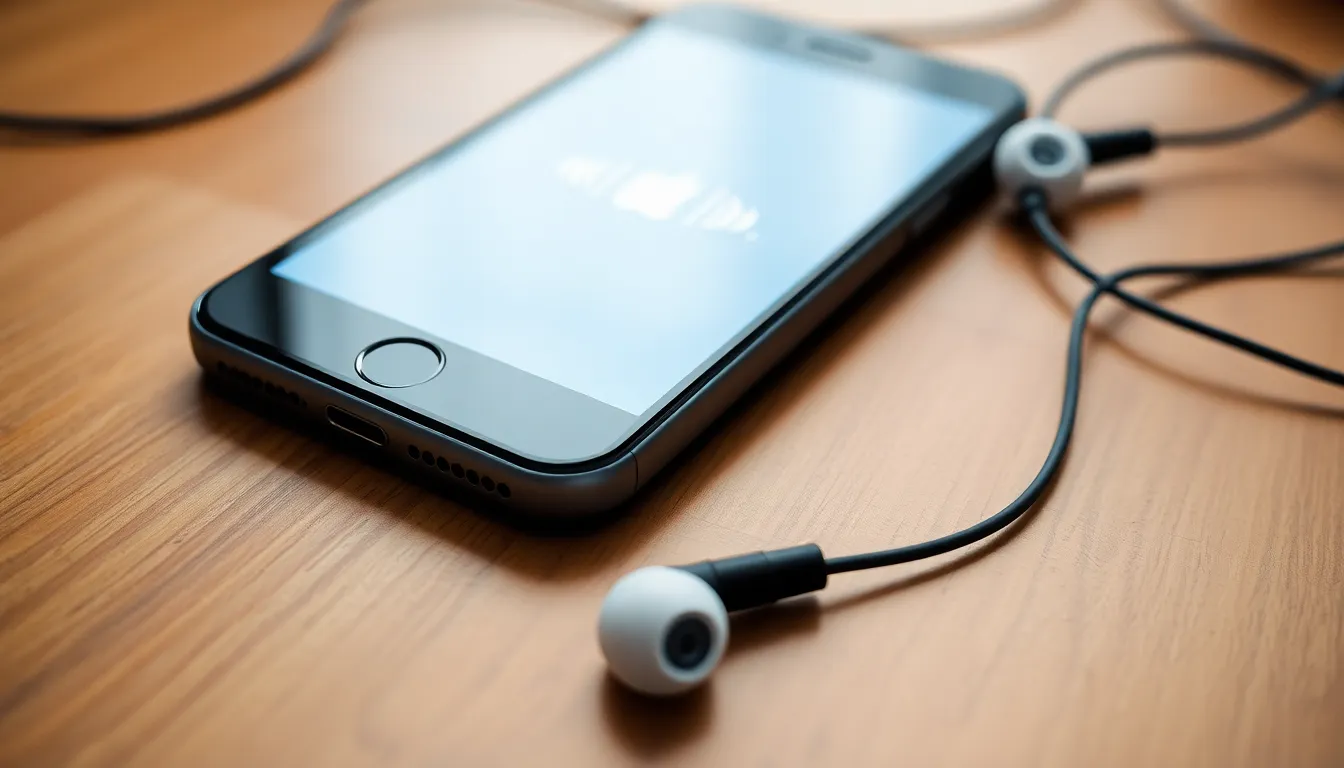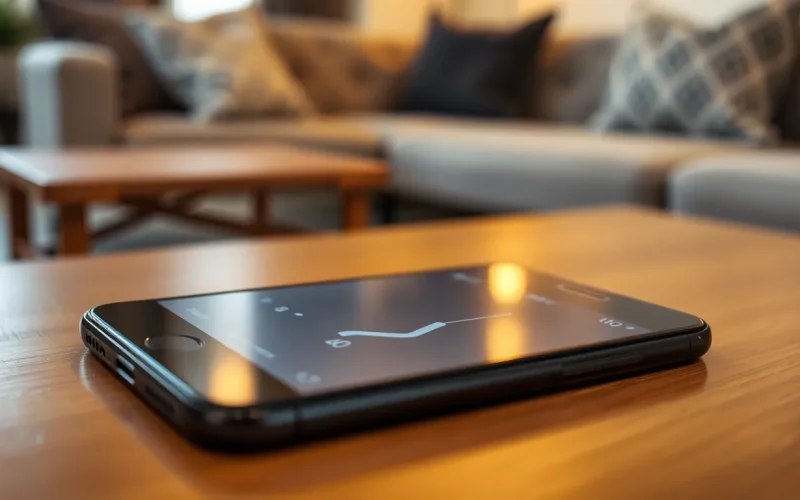Table of Contents
ToggleEver found yourself cranking up the volume on your iPhone, only to feel like you’re listening to a whisper? It’s a common frustration that can leave anyone feeling like they’re stuck in a silent movie. Whether you’re trying to catch the latest podcast or jamming to your favorite tunes, low sound can be a real buzzkill.
Common Reasons for Low Sound on iPhone
Low sound on an iPhone often comes from various factors. Understanding these common issues can help resolve audio problems quickly.
Volume Settings
Volume settings directly impact sound levels. Users may inadvertently lower volume through side buttons or settings. Checking the volume slider in Control Center is important. Adjusting the slider upward might restore desired audio levels. In addition, ensuring that settings for specific apps aren’t muted can improve sound output.
Do Not Disturb Mode
Do Not Disturb mode can affect sound notifications and alerts. When activated, it silences incoming calls and messages, leading users to perceive low sound. Deactivating this mode can restore regular sound notifications. Accessing the Control Center allows for quick adjustments. Turning off Do Not Disturb often resolves audio misunderstandings.
Silent Mode
Silent mode mutes all sounds on an iPhone. A physical switch on the side of the device controls this function. Users might not realize the switch has been flipped. Checking for the orange indicator is necessary, indicating the silent function is active. Flipping the switch back can reinstate regular audio.
Hardware Issues

Hardware problems can lead to low sound on iPhones. Users may encounter issues stemming from speaker damage or connectivity problems.
Speaker Damage
Speaker damage commonly results from drops or exposure to moisture. A cracked speaker can diminish sound quality significantly. Users might notice that audio outputs sound muffled or distorted. Checking for physical obstructions also helps in identifying this issue. Removing debris or lint from speaker grilles can sometimes improve sound quality. If damage persists, visiting a professional repair service offers a reliable solution.
Connectivity Problems
Connectivity problems often occur with Bluetooth audio devices. When connected to external speakers or headphones, users might experience low sound levels due to incompatible devices. Adjusting Bluetooth settings can resolve these issues. Another consideration includes checking the connection of wired headphones; loose connections can impact audio quality. Testing with different devices can help isolate the problem, ensuring optimal sound performance on the iPhone.
Software Solutions
Users can often resolve low sound issues on their iPhones with simple software solutions. The following methods provide effective ways to enhance audio performance.
Update iOS
Keeping iOS updated is vital for optimal performance. Apple regularly releases updates that fix bugs and improve system functionality. To check for updates, users can navigate to Settings, select General, and then tap on Software Update. If an update is available, users should install it. This process ensures access to the latest features and enhancements, which can positively impact sound quality.
Reset All Settings
Resetting all settings can also address sound problems. This option restores preferences without deleting personal data. Navigate to Settings, tap General, then select Transfer or Reset iPhone, and choose Reset All Settings. Users will need to reconfigure settings like Wi-Fi passwords and display preferences afterward. Applying this method can resolve hidden issues that might influence sound performance, providing a fresh start for audio settings.
Accessibility Features
Accessibility features on iPhones can impact sound levels. Users may find that adjusting these settings can help resolve low audio issues.
Hearing Aid Compatibility
Hearing aids often connect with iPhones to enhance listening experiences. This compatibility might lower overall volume if users don’t adjust settings accordingly. They should check the Audio/Visual menu under Accessibility to toggle Hearing Aid Mode off and evaluate whether sound improves. Ensuring these settings align with user preferences often results in better sound clarity.
Mono Audio Settings
Mono audio settings combine left and right audio channels, which can affect perceived sound volume. Users can enable or disable this feature in the Accessibility settings. They might find that turning off Mono Audio enhances audio experience, as stereo sound provides a richer listening environment. Experimenting with this option often leads to clearer audio, particularly for music and podcasts.
Low sound on an iPhone can stem from various factors that are often easy to overlook. By checking volume settings and ensuring silent mode isn’t activated, users can quickly identify common issues. It’s also crucial to consider hardware and software aspects that may contribute to audio problems. Regularly updating iOS and adjusting accessibility features can significantly enhance sound quality.
For persistent issues, examining physical components and considering professional repair might be necessary. With a few simple adjustments and checks, users can enjoy a more satisfying audio experience on their devices.





